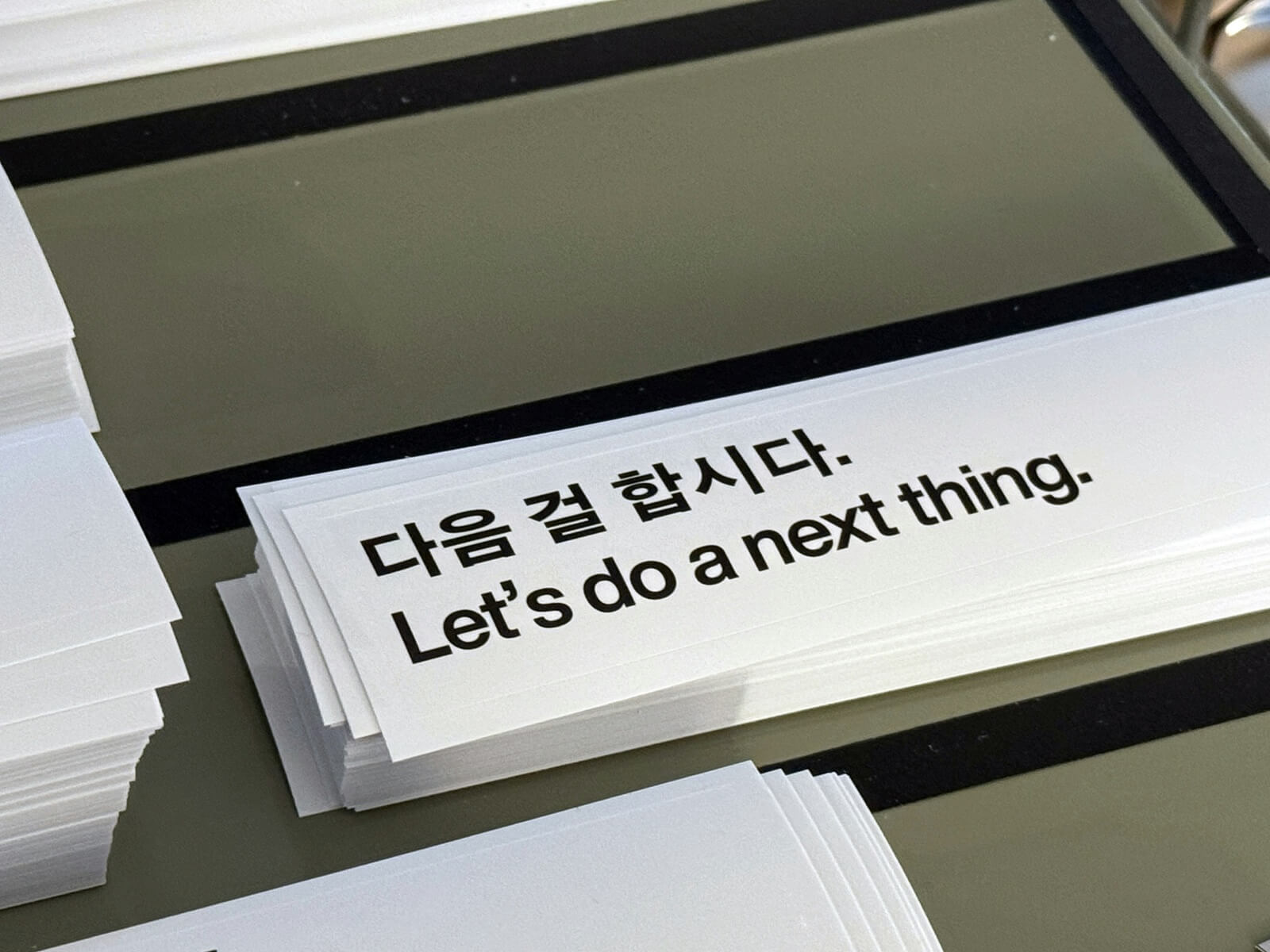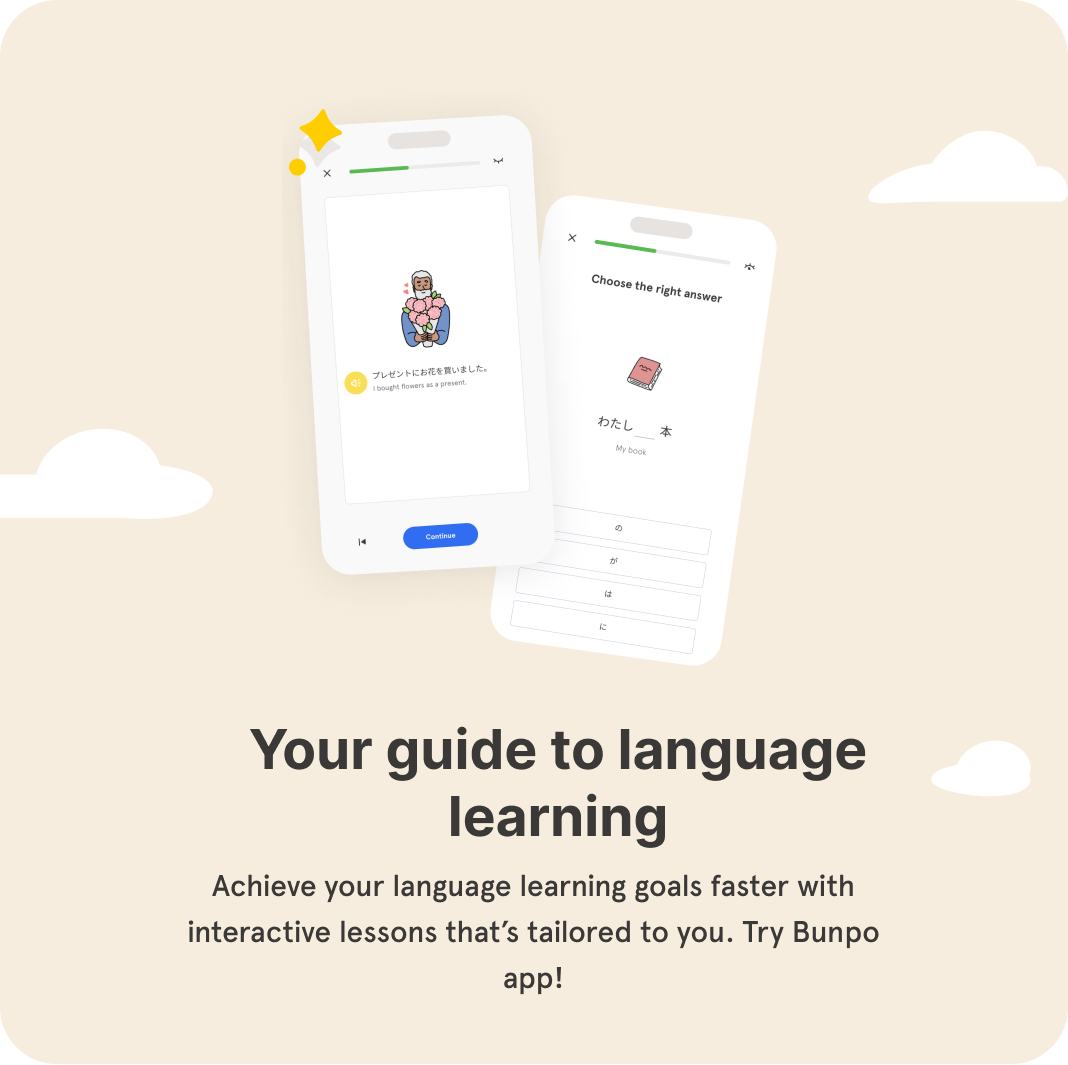
Hangul is the Korean alphabet—and it’s one of the most efficient, logical alphabets in the world. Created in the 15th century by King Sejong and his scholars, Hangul was specifically designed to make reading and writing accessible to everyone. Today, it remains your key to unlocking the Korean language.
If you’re intimidated by learning a new script, especially from a completely different language system, don’t worry. Hangul isn’t like Chinese or Japanese writing. It’s an alphabet, not a vast set of thousands of characters. Most learners can read basic Korean words within just a few hours.
Here’s how you can quickly master Hangul without burning out or feeling stuck.
1. Understand What Hangul Actually Is
Hangul has 24 basic letters:
- 14 consonants (e.g., ᄀ, ᄂ, ᄃ)
- 10 vowels (e.g., ᅡ, ᅥ, ᅩ)
Letters combine into blocks that form syllables. For example:
- 한 (han) = ᄒ + ᅡ + ᄂ
- 글 (geul) = ᄀ + ᅳ + ᄅ
Each block contains one syllable, read from left to right and top to bottom.
2. Start With Easy Sounds
Begin by memorizing the simplest sounds first:
- Consonants: ᄀ (g/k), ᄂ (n), ᄃ (d/t), ᄇ (b/p), ᄉ (s)
- Vowels: ᅡ (a), ᅥ (eo), ᅩ (o), ᅮ (u), ᅵ (i)
Group them together and practice writing and pronouncing. You’ll quickly notice patterns.
3. Use Memorable Mnemonics
Mnemonics help you remember abstract shapes with simple mental shortcuts. Examples include:
- ᄀ looks like a gun → sounds like “g”
- ᄂ looks like a nose → sounds like “n”
- ᄃ looks like a door → sounds like “d”
Vowel mnemonics:
- ᅩ has a circle on top (like a head saying “oh!”)
- ᅮ has a circle on the bottom (like feet saying “oo!” as in “boot”)
4. Practice Forming Syllable Blocks Early
Don’t memorize letters in isolation. Start forming syllables from Day 1:
- Consonant + vowel (CV): 가, 너, 도
- Consonant + vowel + consonant (CVC): 감, 덕, 손
Once you’re comfortable forming syllable blocks, reading becomes second nature.
5. Use Free, Effective Tools
Accelerate your Hangul learning with these excellent resources:
- Write It! Korean – A writing practice app
- Bunpo – Interactive grammar and vocabulary practice to quickly improve your Korean skills
- Naver Korean Dictionary – Great for real-life examples
- Anki flashcards – Spaced repetition helps you retain information long-term
6. Read Real Words, Not Random Letters
As soon as you recognize letters, move to real words:
- 음식 (eum-sik) = food
- 학교 (hak-gyo) = school
- 사람 (sa-ram) = person
Reading familiar patterns helps your brain learn faster than practicing letters individually.
7. Start Listening and Speaking Early
Once you can read syllables, begin saying them aloud. Reinforce pronunciation with YouTube videos or Korean children’s songs. This trains your ear and quickly associates symbols with sounds.
Final Tips
- Practice daily, even just 10 minutes.
- Don’t stress about perfection—Korean kids make mistakes, too.
- Consistency beats cramming.
- Celebrate small wins; reading your first sign or text message in Korean is incredibly motivating.
Bottom Line:
Learning Hangul is straightforward, intelligently designed, and incredibly rewarding. Within just a few hours of focused study, you’ll move from zero to reading real Korean words. Once you’ve learned Hangul, the entire language opens up to you.



